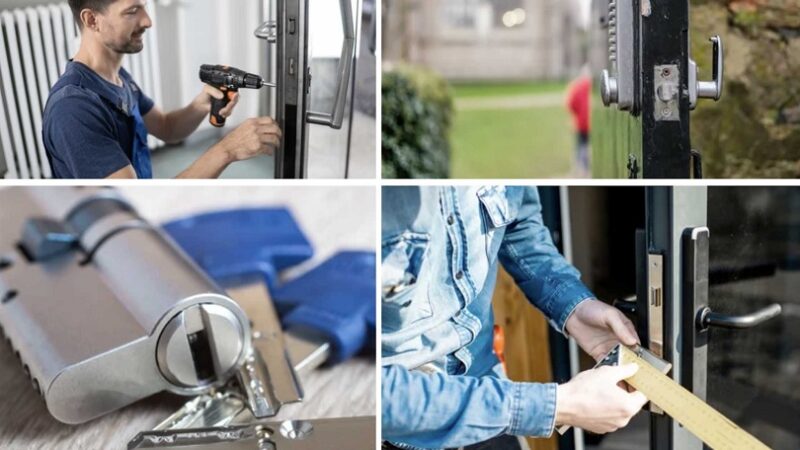How Insulating your Homes can Slash your Energy Bills?

Do you know intense cold and uninsulated homes can take human life? The recent data shows a worrying number of people in the UK died last winter because of intense cold and poor insulation. When the average winter temperature goes below four degrees centigrade, it is extremely dangerous for human life. Warm This Winter campaign figures reveal that 8.3 million adults endure cold and damp homes. As temperatures fall, discomfort turns into outright danger. So weather protection is something you cannot overlook. Moreover, you should ensure to insulate your home completely. Looking for free insulation grants, click here to learn more.
How does insulation work?
Insulation is a material that slows down the transfer of heat. In the winter, it traps heat inside your home, preventing it from escaping to the outdoors. In the summer, it does the opposite, keeping your home cooler by putting a stop to heat from entering from outside. There are several benefits of insulation. First, it reduces your fuel prices. When you use less energy, you can save a significant amount of money on your energy bills. Studies have shown that insulation can save up to 15% on heating and cooling prices. Next, your home stays warmer and cosier throughout the year. What’s more, if your home is well-insulated, you can cut carbon footprints. Finally, insulation increases the value of your property. So both buyers and renters prioritise a well-insulated home.
What are the different types of insulation?
There are many different types of insulation available. Each has its own advantages and disadvantages. Some of the most common types of insulation include:
- Fiberglass insulation: This is a popular and affordable type of insulation. It is made from tiny glass fibers. Fiberglass insulation is available in batts, rolls, and loose-fill forms.
- Rockwool insulation: Made from volcanic rock, this insulation is fire-resistant. It does not absorb moisture. So it could be a good choice for your attics and crawlspaces.
- Spray foam insulation: As the name suggest, this is a type of insulation that is sprayed onto walls, ceilings, and floors. Moreover, spray foam insulation is effective at sealing air leaks. It can provide a high level of insulation.
- Cellulose insulation: By recycling paper, you can make this type of insulation. Cellulose insulation is fire-resistant and does not absorb moisture. As a result, you can apply it to your attics and crawlspaces.
How much does it cost to insulate your home?
The cost of insulating your home depends on the size of your home and the type of insulation you choose. Moreover, the level of insulation you need also determines the price. However, the average cost of insulating a home is between £500 and £2,000. In some cases, there may be financial assistance available to help you insulate your home. For example, the government’s Great British Insulation Scheme (GBIS) and ECO4 Scheme can help you. So if you’re interested, you can apply for the grant.
Insulate your roof
Without a doubt, most houses in the UK lose some 25% of boiler-produced heat through the roof. So if you insulate a roof or loft, you can greatly cut this heat loss. Energy Saving Trust claims a detached home can save £445 yearly by insulating the loft. Moreover, you can apply for the great British Insulation Scheme to get free insulation measures for your roof.
Check your cavities
Next, heat loss isn’t just from the roof; uninsulated walls matter too. So if your home has an air cavity in the outer walls, fill it with insulation (mineral wool or polystyrene beads) to cut heating bills. No doubt, prices could vary depending on your home size and material, but this will pay you back in years to come. You could recoup the cost in five years or less with annual energy bill savings, regardless of home size. What’s more, you can get free cavity wall insulation through the Great British Insulation Scheme.
Optimise the Fireplace and Increase Its Efficiency
No doubt, your fireplace plays a great role when it comes to heating. But if it is continuously malfunctioning, stop wasting money on it. First, unused are the major cause of heat loss. So if not boarding up the chimney, use a Chimney Balloon – inflatable and affordable. All sizes are available for £20. What’s more, it is easy to inflate and lasts for years. Also, it is a good idea to deflate and store the chimney balloon when it is not in use. On top of that, you can also consider a Chimney Sheep. It is in fact, like a woolen chimney draught excluder. It stops warm air from escaping and allows ventilation. Further, it is removable with a hanging handle. Again, this too is available in four sizes. But it may cost you under £25.
Conclusion
Insulating your home is one of the most effective ways to reduce your energy bills. By doing so you can make your home more comfortable year-round. If you’re looking for ways to save money and improve your home’s energy efficiency, insulation is a great investment. Moreover, you may be eligible for several insulation grants, so apply for them.






